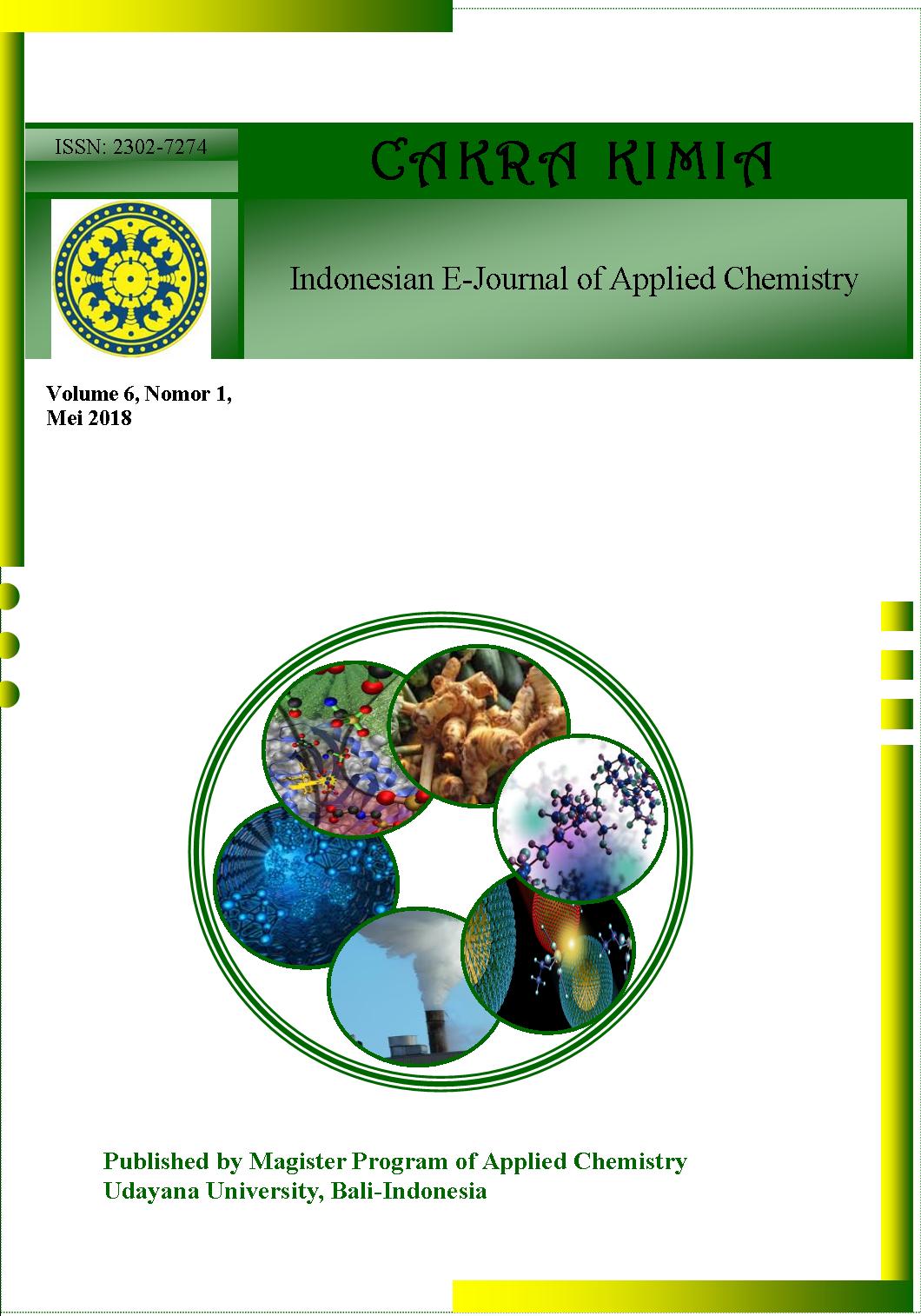PENGKAJIAN PENGARUH PENAMBAHAN MATERIAL KITOSAN PADA MUTU KARET ALAM
Abstract
ABSTRAK: Dibandingkan dengan Thailand dan Malaysia, mutu karet berstandar di Indonesia belum konsisten sehingga mengakibatkan efisiensi pengolahan karet kering menjadi rendah dan berpengaruh lemahnya daya saing global. Aspek aspek yang mempengaruhi mutu karet alam antara lain adanya; asam lemak, pencoklatan, aroma tak sedap dan ion logam. Pengkajian ini ditujukan untuk penelitian awal material kitosan pada karet alam dimana pencampuran dua polimer biasanya menghasilkan bahan baru yang diharapkan memiliki karakteristik lebih baik daripada dengan satu polimer tunggal. Beberapa penelitan secara terpisah menunjukkan bahwa material kitosan berkemampuan mereduksi asam lemak, pencoklatan, aroma tak sedap dan ion logam. Diharapkan penambahan kitosan tidak hanya mengatasi aspek tersebut di atas tapi juga untuk eksplorasi nilai karakteristik karet alam. Hasil penelitian penambahan kitosan 5% pada fasa lateks karet alam didapatkan bahwa secara kasat mata mampu mereduksi proses pencoklatan yang ditunjukkan warna karet alam-kitosan yang lebih cerah dan aromanya lebih ringan dari pada karet alam tanpa penambahan kitosan. Kemudian pada pengujian karakteristik mekanikal (tensile strength) vulkanisat dengan perlakuan ageing (pengusangan) pada spesimen di dalam oven pada temperatur 700C dan perendaman dalam cairan minyak (kerosene) selama 48 jam didapatkan bahwa karakteristik mekanikal vulkanisat meningkat dibandingkan dengan karet alam tanpa kitosan. Sebaliknya tidak terdapat perbedaan yang begitu jauh pada kedua jenis spesimen dalam pengujian karateristik mekanikalnya.
Kata kunci : karet alam, lateks, kitosan, pencoklatan, mutu.
ABSTRACT: The quality of standardized rubber in Indonesia compared to Thailand and Malaysia has not been consistent, resulting low efficiency in rubber processing and impacts on the weakness of global competitiveness. The aspects that affect the quality of natural rubber (NR) among others; fatty acids, browning, odor and metal ions. This assessment is aimed as a initial research of chitosan in natural rubber where mixing of two polymers typically produces new materials which are expected to have better characteristics than with a single polymer. Several studies show that chitosan material is capable of reducing fatty acids, browning, odor and metal ions. It is hoped that the addition of chitosan will not only meet the above aspects but also to explore the value of natural rubber characteristics. The results of the addition of 5% chitosan in latex phase of natural rubber found that can reduce the browning process indicated by the color of natural-rubber-chitosan which is brighter and the aroma is lighter than the natural rubber without the addition of chitosan. The testing the mechanical characteristic (tensile strength) of its vulkanizat with the treatment of aging on the specimen in the oven at a temperature of 700C and immersion in oil (kerosene) for 48 hours show that the mechanical characteristics of volcanicate increased compared with natural rubber without chitosan. Conversely, there is no significant difference in the two types of specimens in the test of their mechanical characteristics.
Downloads
References
[2] Laoli N., 2017. Proyeksi produksi karet capai 3,27 juta ton. http://industri.kontan.co.id/news/proyeksi- produksi-karet-2017-capai-327-juta-ton.
[3] Johns J. and Rao V., 2008. Characterization of Natural Rubber Latex/Chitosan Blends, International Journal of Polymer Anal. Charact.,13: 280–291,
[4] Rao V. and Johns J., 2008. Mechanical Properties of Thermoplastic Elastomeric Blends of Chitosan and Natural Rubber Latex. J. Appl. Polym. Sci. 107: 2217–2223,
[5] Sentheshanmuganathan S., 1975. Some aspects of lipids chemistry of natural rubber, Proceedings International Rubber Conference 1975. 457–469,
[6] Nair S. Characterisation of natural rubber for greater consistency. Proceedings. International Rubber Conference 1987., P. 2A/1–10. PRI. London.
[7] Iyidogan N. F. and Bayindirh A. J. 2004. Food Eng., 62: 299-304,
[8] Jitladda T., Sakdapipanich and Rojruthai P., 2012. Molecular Structure of Natural Rubber and Its Characteristics Based on Recent Evidence. Biotechnology - Molecular Studies and Novel Applications for Improved Quality of Human Life (chapter 13). Intech. ISBN 978-953-51-0151-2.
[9] Fulton W. S., 1993. Avoiding the Problems of Odour during Rubber Processing. Rubb. Devel., 46, 35-37,
[10] Isa Z. (1993). Bull. Rubb. Res. Inst., Malaysia, 215, 56, 1993.
[11] Hoven V. P., Rattanakarun K. and Tanaka Y. 2003. Rubb. Chem. Technol., 76: 1128,
[12] Ningsih W., 2010. Pengaruh Viskositas Larutan Kitosan Nanopartikel Sebagai Penyalut Asam Askorbat Untuk Menyerap Asam Lemak Bebas (ALB) Dalam Minyak Goreng Curah. M.Si. Tesis, Universitas Sumatera Utara.
[13] Santas J. and Rafecas M., 2010. Saturated Fatty Acid Absorption is Selectively Reduced by Chitosan in Relation to Chain Length. A Longitudinal Study, 8th Euro Fed Lipid Congress : Oils, Fats and Lipids: Health & Nutrition, Chemistry & Energy, 21-24 Munich, Germany.
[14] Eng A. H., Ejiri S., Kawahara S., and Tanaka Y., 1994. J. Appl. Polym. Sci. Appl. Polym. Symp. 53: 5–14
[15] Tangpakdee J. and Tanaka Y. 1997. J. nat. Rubb. Res. 12: 112–119



 Petunjuk Penulisan
Petunjuk Penulisan
